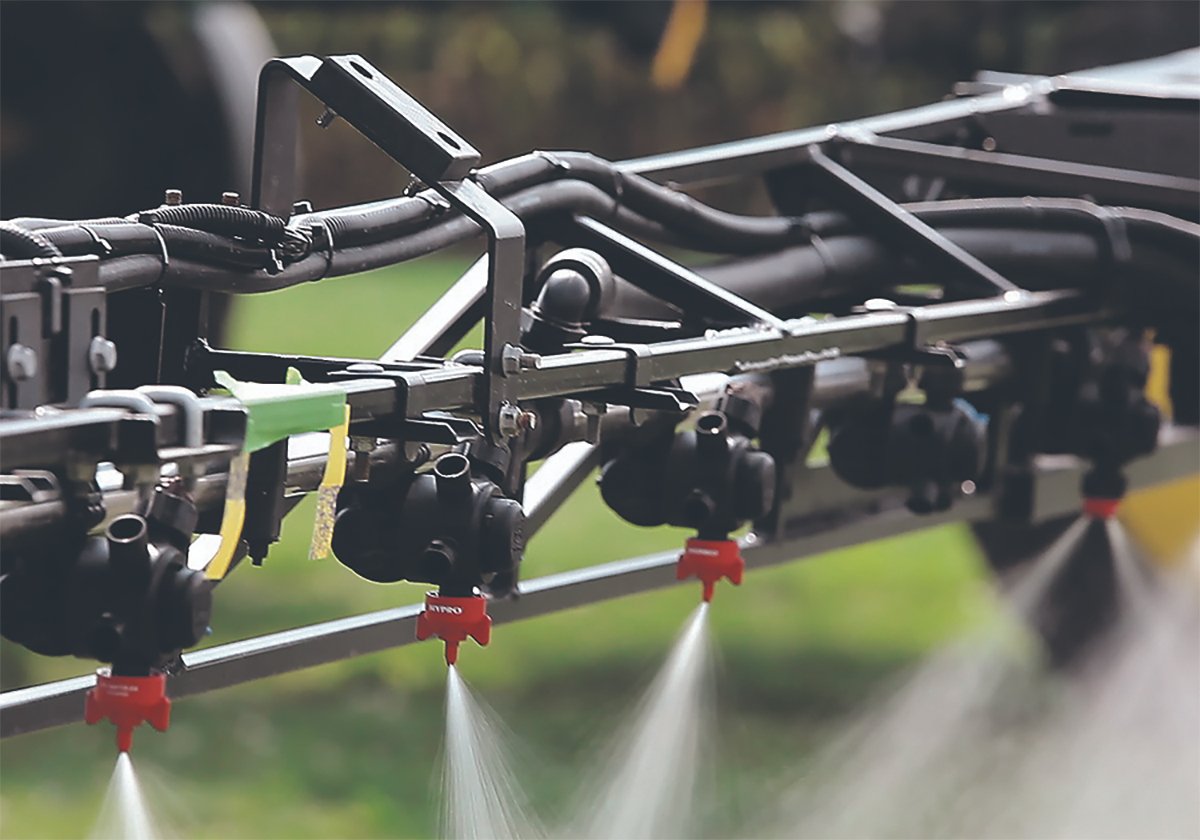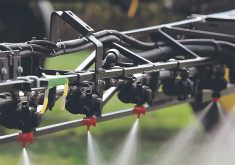The department has been criticized for an unpredictable process, but it argues that it ‘makes evidence-based decisions’
Politicians, agriculture investors, ag tech companies, industry consultants and representatives of the crop science industry say Canada’s regulatory system has a bad reputation.
They claim that politics and public opinion are influencing Health Canada decisions around pesticides and new technologies like gene-edited crops.
Related stories on this issue:
- Death by consultation
- Canadian ag tech firms avoid domestic market
- August 2021 called turning point for crop protection regulation
Read Also

Ten years to study a pesticide? PMRA dealing with a backlog of post-market reviews
It should take two to four years to review the safety of a pesticide. But Health Canada and the Pest Management Regulatory Agency will take nine to 10 years to evaluate the safety of glufosinate — a herbicide that is already on the market.
They also say the regulatory process has become unpredictable and unclear.
As a result, some Canadian companies with new crop protection products and novel crop genetics are choosing to commercialize in the United States because of the regulatory roadblocks in Canada.
Health Canada disagrees. It said the Pest Management Regulatory Agency has a “strong reputation… around the world” and it “makes evidence-based decisions.”
In an email to The Western Producer, a Health Canada spokesperson responded to the critics.
She provided responses to the following questions:
Are Health Canada and the PMRA still free from political interference?
“Health Canada’s regulatory decisions continue to be solely based on science. Our number one priority is protection of human health and the environment.
“ On Aug. 4, 2021, the government announced:
- “a $50M investment to strengthen the capacity and transparency of the review process for pesticides, accelerate the research, development and adoption of alternative pest management solutions, and undertake a targeted review of the PCPA (Pest Control Products Act); and
- “a pause on increases to pesticide Maximum Residue Limits (MRLs) until at least spring 2022.
- “Since the pause, PMRA has undertaken numerous actions to address key transparency gaps and establish a solid foundation to better communicate to Canadians on MRLs. This includes publishing the names of MRL applicants once the review is initiated, consulting the Science Advisory Committee on Pest Control Products on how to improve MRL communications, develop plain language messaging and communications products to explain MRLs to a non-technical audience and collect water quality data to better inform pesticide decisions including on MRLs.”
Is the regulatory system for crop protection products still predictable and based on science?
“Yes, PMRA has a strong reputation as a science-based regulator around the world and continues to uphold its commitment of making sound, rigorous, evidence-based decisions. Our data requirements and performance standards are highly aligned with our international partners, including the United States. PMRA also continues to have good performance against our pre-market review timelines (see last year’s annual report https://www.canada.ca/en/health-canada/services/consumer-product-safety/reports-publications/pesticides-pest-management/corporate-plans-reports/annual-report-2021-2022.html).”
If so, why is Canada getting a bad reputation with ag tech investors and crop science firms?
“As referenced above, Health Canada’s regulatory decisions continue to be solely based on science, and our number one priority is protection of human health and the environment. Health Canada continues to receive the usual number of applications from pesticide manufacturers and our data requirement and review timelines are largely aligned with other OECD countries, including with the US EPA (Environmental Protection Agency).”
















